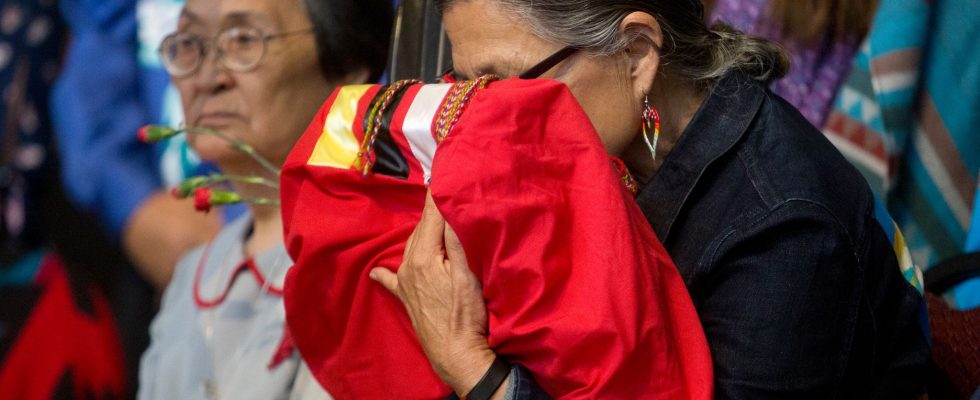At the time when ice covered the earth, the polar bear from the north took pity on men and adopted them. Thus was born the first clan. Then the wolf arrived from the east did the same and formed the second tribe. The white buffalo to the west created a third, and so on. This is in any case the founding myth of the Anishinabés knowing that there are many others in Canada, where there are more than 700 communities with different languages, beliefs and ways of life.
There are several ways to meet them. Gastronomy is one of them, which varies from one region to another: beluga from the Far North, salmon cooked in the sand on the Pacific coast, bison steak in the plains, bears and seals in Quebec.
Visiting heritage parks is another. On Graham Island (British Columbia), the Haida Heritage Center reveals the links that unite this people to the sea and to the red cedar, “the tree of life”, with which they made ropes, clothing, canoes and the famous totems. While he hunted sea otters and sea lions, he spared whales – an exception in this area. Over the sedentarization, a class society was organized, with its elites and its slaves.
Not so among the Wendats from the Great Lakes who followed matrilineal rules. Essentially farmers, they established temporary villages and moved when the soils became too poor. The inhabitants of a hamlet were required to help their neighbours.
The Wendake site, near Quebec, welcomes its guests to listen to stories, spend the night in a traditional longhouse or learn how to make the talking sticks that regulated the debates in the councils. That of Wanuskewin, near Saskatoon (Saskatchewan), is dedicated to the Crees. Occupied for six thousand years, it houses the oldest archaeological digs in Canada: teepee circles, stone cairns and a medicine wheel. 30 meters in diameter, it was used both for the rituals of the wise and in everyday life, to calculate the time for example.
Visiting these places of memory is the best way to immerse yourself in the indigenous culture thanks to the activities of sculpture, weaving or tanning skins. To also learn astronomy or the use of medicinal herbs such as sweetgrass which relieves colds and sore throats.
Finally, it is the way to participate in national reconciliation by revitalizing the indigenous economy, after a long period of forced assimilation.
And also… Three unusual experiences
You have never slept in prison ? It is time. In Ottawa, the Carleton County Jail, renamed the Ottawa Jail Hostel, has renovated its cells. Transformed into rooms sleeping two to eight, they benefit from air conditioning and Wi-Fi. The stone walls and iron doors of this Georgian-style building, opened in 1862, have been preserved.
In Toronto, it’s a castle with neogothic architecture which clashes on the hill of Davenport. Casa Loma was built for businessman Sir Henry Pellatt, who made it his residence from 1914 to 1923. In 1933, the city of Toronto seized it over unpaid taxes, then opened it to the public in 1937. It has served as the setting for several films : Harry Potter and the Deathly Hallows, X-Men or the series Hemlock Grove.
Capital of rodeo, Calgary will celebrate the 100th anniversary of its dedicated festival, the Stampede, in July. For an immersion in cowboy life, head to Ranch Bar U. It was the largest Percheron breeding center in the 1900s. An ideal place to learn about the breeding methods of the time, the agricultural implements, lasso, saddle making, in the midst of period buildings, such as the forge, which are still operational.
